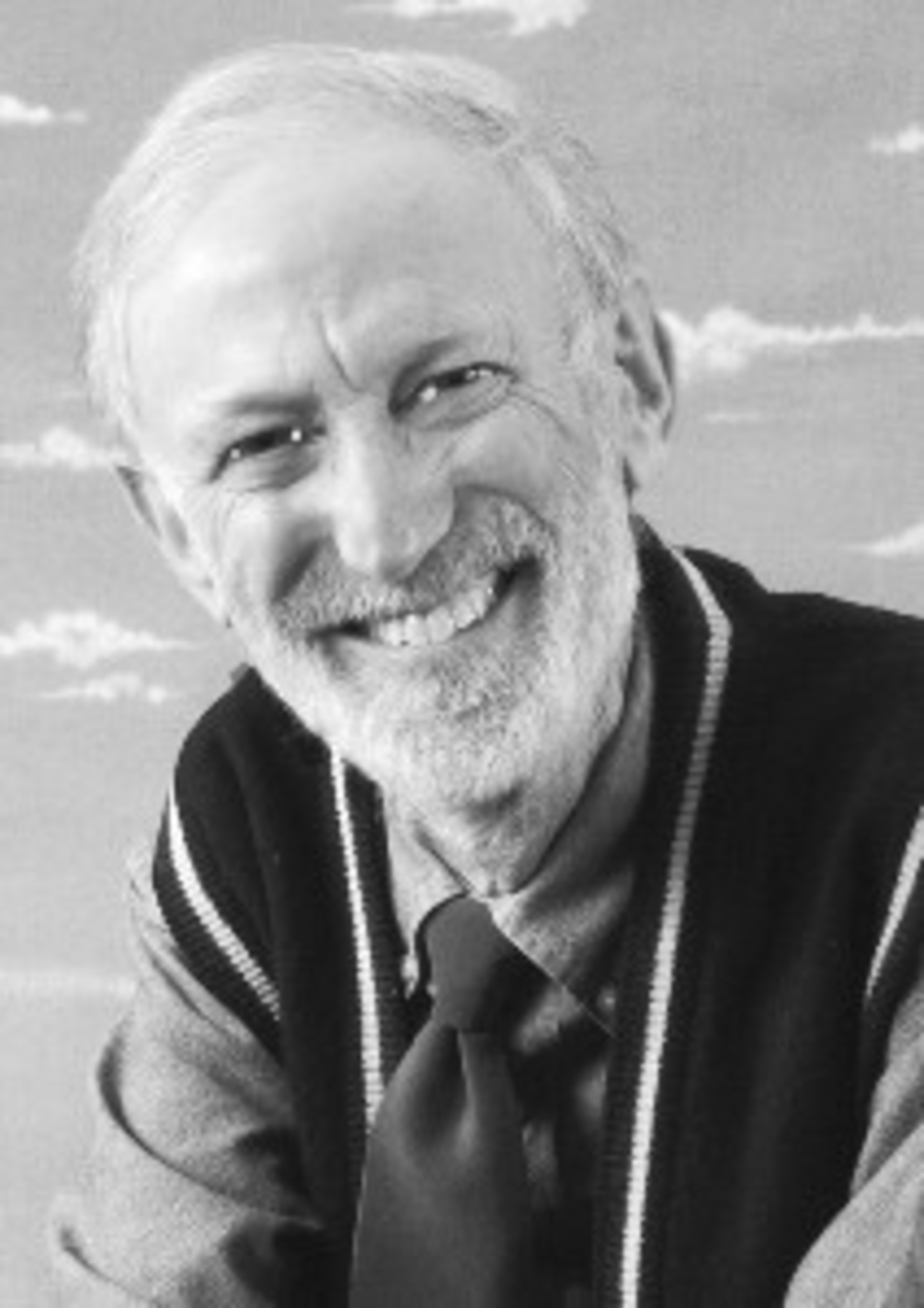Christopher Columbus seen another way
Harry Ezratty’s helpful and useful study of Caribbean Jewish history, in “The Jews in the New World” trilogy, claims there isn’t much of a Sephardic presence in Puerto Rico: Spanish rule and the Inquisition discouraged all but a few families.
There were no synagogues or cemeteries – until the 20th century, when some Puerto Ricans sought to convert, or perhaps to reclaim a lost identity.
Puerto Rico is an “existential” island – you can shape your identity from a diverse range of choices. Did you derive and descend from the Spanish conquistadores? From the native Taino people, gentle and peaceful, but most of them doomed to perish at the hands and in the cannibal pots of the Caribs? Or through the greed and cruelty of the Iberian invaders, Columbus’ crew? Or are you “American” – that is, connected to the United States through your cousins who moved to the “other” Florida, or maybe to Dallas? It’s up to each individual to decide. It’s possible you are a mix of all these cultures and genetic designs.
I went to Puerto Rico to explore a new monument about to be finally dedicated, to honor the famous and infamous Admiral Christopher Columbus.Simon Wiesenthal wrote a book titled “Sails of Hope: The Secret Mission of Christopher Columbus,” in which he emphasized that Columbus freed the victims of Torquemada, who were imprisoned while awaiting torture and death, but liberated them only to serve as crew on the three ships bound for glory. The dream of those sailors released from the prisons of the Inquisition, he suggested, was not for mermaids or for gold, but for liberty.
Most modern scholars take issue with the Nazi-hunter’s interpretation, but Italian communities have always chosen Columbus as the symbol of their own search in the Americas: You can only get your hands on “Sails of Hope” in Little Italy branch libraries, and most statues of Columbus are financed by Italian organizations.
The sculptor Zurab Tsereteli offered his giant Columbus sculpture to several cities in a number of states, but they turned him, and it, down. Columbus, Ohio, said no thanks. Native Americans were horrified at the prospect, in this day of diversity and respect for indigenous peoples.
Even Puerto Rico had its doubts about the project. In fact, parts of the huge and elaborate sculpture sank into the sand and had to be dug up like buried treasure, or replaced by replicas, over a period of two decades before a permanent site could be agreed on - and then it was in Arecibo, not San Juan.
Now, this artist is a celebrity worshiper. He has translated snapshots published in LIFE magazine and newspapers into permanent objects. Remember the Big Three from World War II, Churchill, Roosevelt and Uncle Joe (Stalin)? We had fought two wars as foes of England – in 1776 and 1812 – and now we joined forces with, not against, Britain. We had struggled with the Soviet Union, and then throughout the Cold War and its Iron Curtain of separation. And yet, together, as a triumvirate, democracy, Communism and monarchy allied and prevailed to defeat fascism, Nazism and rampant imperialism. Somehow, at least in promises, freedom from want and fear, and freedom of speech and religion, were our shared pledges.
Tsereteli could shape images of Vladimir Putin and the tsars, Mother Teresa and Liza Minnelli – anybody well known enough to merit a giant Tsereteli in a public square.
Is this an admirable ambition, or a self-seeking ego trip? Regardless, I couldn’t ignore the magnitude of his talent and drive.
Somehow, over a number of semesters, I had become fascinated by the cornucopia of contradictions in the Columbus reputation. Poets, painters, biographers, cinematographers, scholars and especially sculptors, have projected any number of ideals upon the great discoveries: Intelligence with the gadgetry of exploration? Courage and daring? The “American Dream”? Was it always merely greed, lust for gold, desire for conquest and the infliction of pain for the sake of personal power and fame? Or was there at least a hint of hope for something spiritual?
Perhaps all art and poetry seeks in the end to pretend that the human quest may go awry – but contains as well something as high and mighty as the grand handmade idols made by Tsereteli!
MIKE FINK (mfink33@aol.com) teaches at the Rhode Island School of Design.








